Tire Repair Sealant Production Line | JCT Machinery
 Jul 07,2025
Jul 07,2025

 JCT
JCT
Since tire repair sealant contains natural latex or synthetic latex, tackifiers, preservatives, dispersants, water and other ingredients, the tire repair sealant production line has high requirements on mixing uniformity, dispersibility and anti-settling properties.
Tire Repair Sealant Production Line Equipment Configuration
- Reactor
- Grinding mill
- Quality control equipment
- Packaging equipment
- Sterilization equipment
- Labeling equipment
- Cleaning equipment
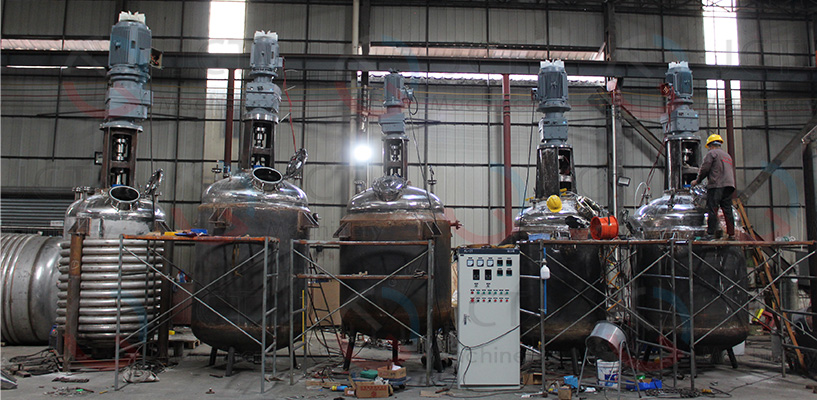
Tire Repair Sealant Production Process
1. Raw material preparation: The main raw materials used in the production of tire repair sealant are a liquid rubber compound, fillers such as silica or calcium carbonate, and solvents such as water or ethanol. These materials are carefully measured and mixed in specific ratios.
2. Mixing: The raw materials are mixed together in reactor. Reactor is used to ensure that the ingredients are evenly distributed and well mixed.
3. Grinding: The mixture is then ground to reduce the size of the particles and to ensure that the mixture is homogeneous.
4. Quality control: The mixture is then tested for quality to ensure that it meets the required specifications. This can involve testing for viscosity, pH and other physical and chemical properties.
5. Packaging: The final product is then packaged into containers such as bottles, cans pr pouches. The packaging material must be compatible with the product and able to protect it from light, air and moisture.
6. Sterilization: In some cases, tire repair sealant may need to be sterilized to ensure that it is free from bacteria and other harmful microorganisms. This can be done using heat, radiation or chemicla sterilization.
Key Technical Point of Tire Repair Sealant Production Line
- Mixing uniformity: Double-layer mixing blades+variable frequency speed regulation are used to avoid precipitation.
- Anti-corrosion system: Adding preservatives must be carried out in a uniform state to prevent mildew.
- Viscosity control: Viscosity is generally 200-800Pa·s, which is convenient for extrusion or spraying.
- Ingredient stability: Degassing is required to prevent clogging and uneven spraying during use.
- Filling accuracy: Viscous liquid filling must use a rotary valve or piston filling head to control dripping.
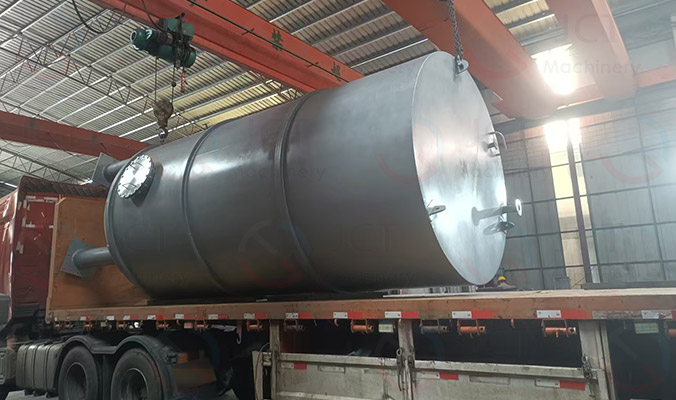
Why is it particularly recommended that African customers set up tire repair sealant production line?
1. High tire damage rate, obvious rigid demand for tire repair sealant market
Most roads in Africa are in poor condition, especially in rural and remote areas, with more gravel, potholes and sand, which makes tires easy to puncture and leak.
Cars, motorcycles and tricycles are widely used, and most car owners lack spare tires/rescue conditions, so there is a strong demand for emergency tire repair sealant.
Tire repair sealant can quickly repair leaks and maintain short-distance operation, which is suitable for temporary emergency tools in resource-scarce areas.
2. Serious dependence on imports, local production can be quickly replaced
Most of the tire repair sealant in the current African market rely on imports from China, India and the UAE.
Building a localized tire repair sealant factory can significantly reduce logistics costs and product prices, and improve the competitiveness of local brands.
3. Raw materials are easy to obtain and the formula process is mature
The main raw materials of tire repair sealant (such as water, latex, tackifiers, preservatives, etc.) are low-cost, environmentally friendly, and not subject to export control restrictions.
Tire repair sealant production process is simple, the equipment investment is not large, and no hazardous chemical operation license is required.
JCT provides one-stop equipment + formula + training support to achieve rapid production.


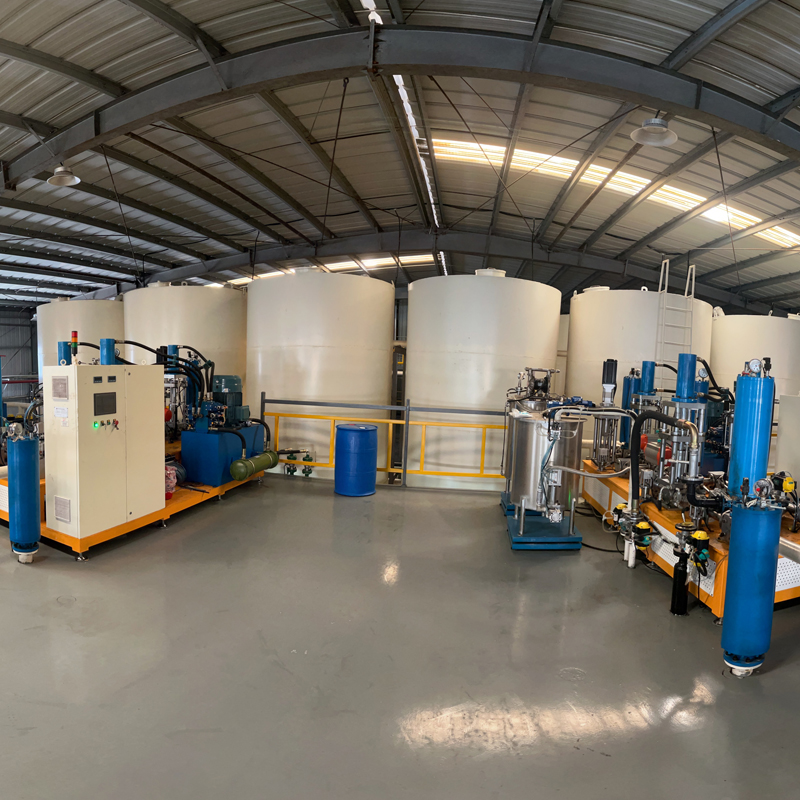
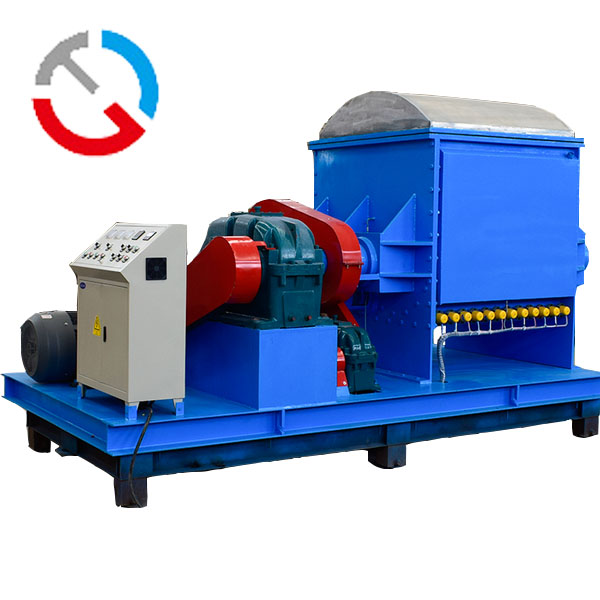
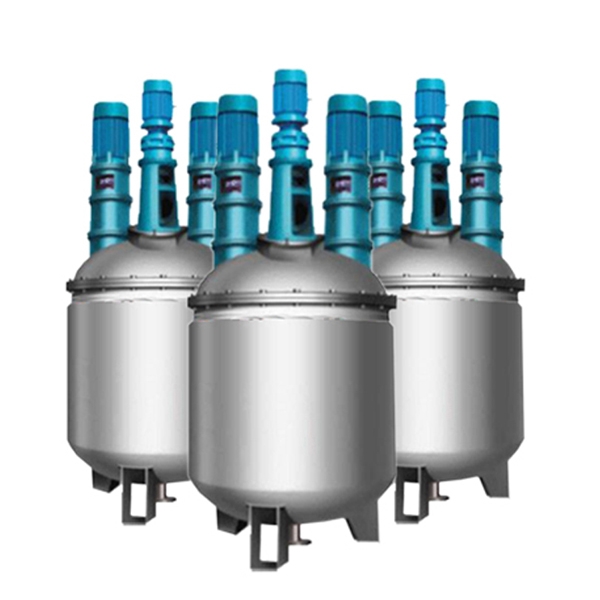
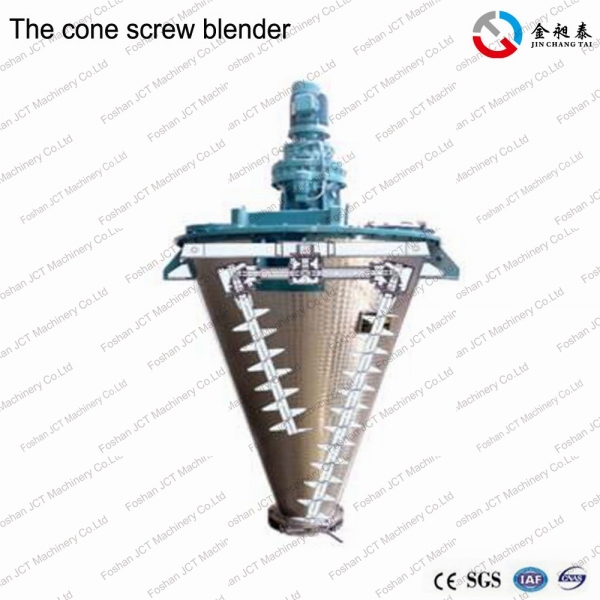
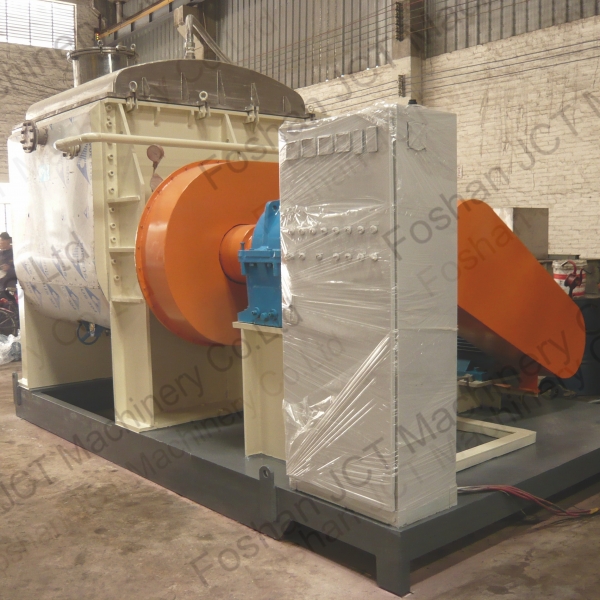
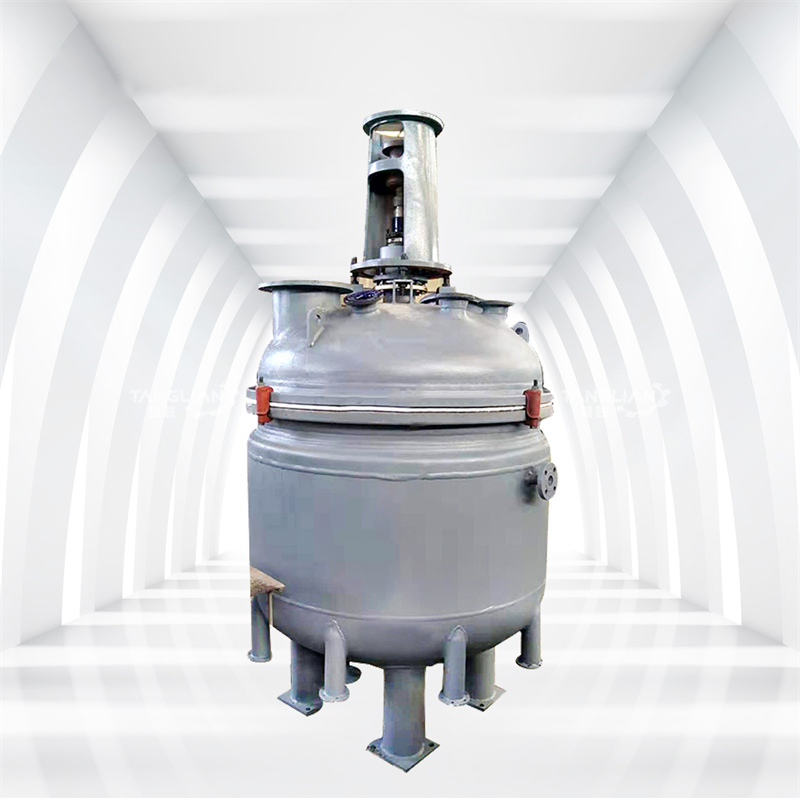
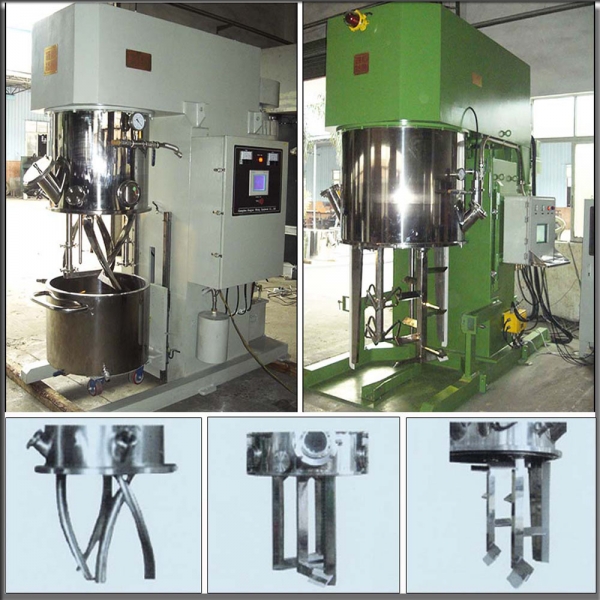


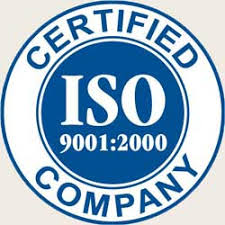


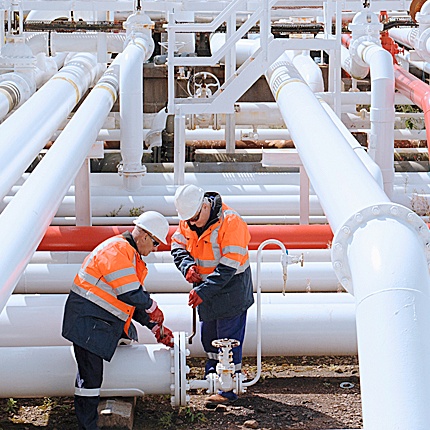
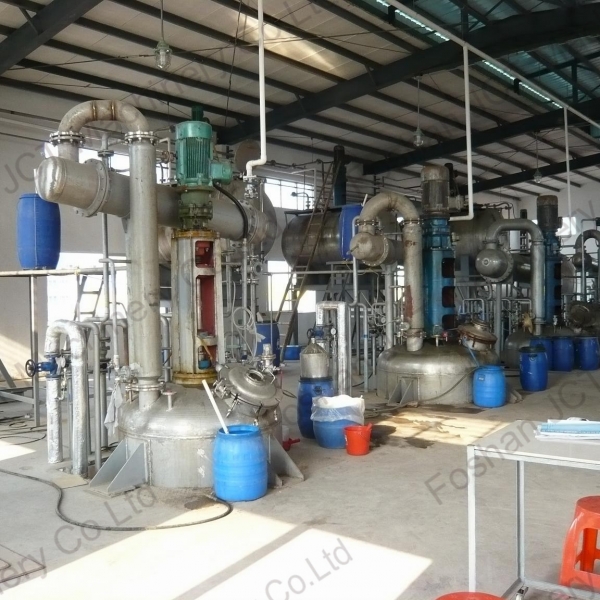
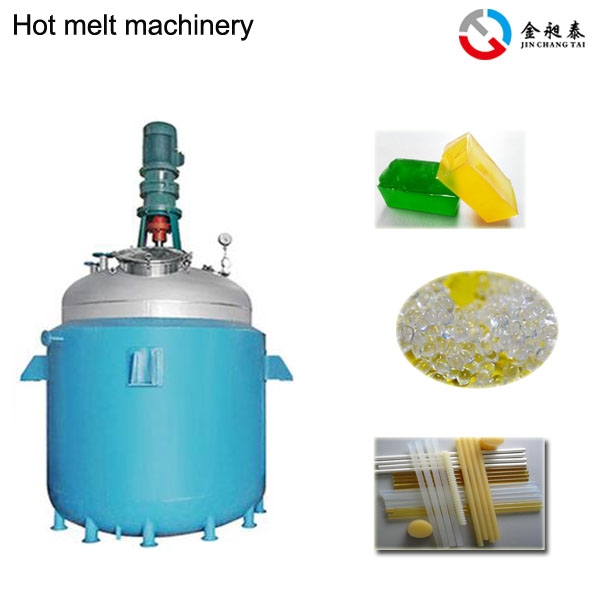
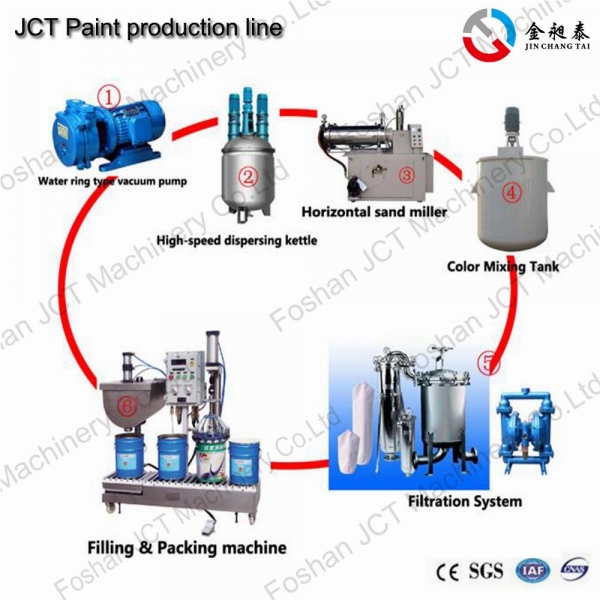
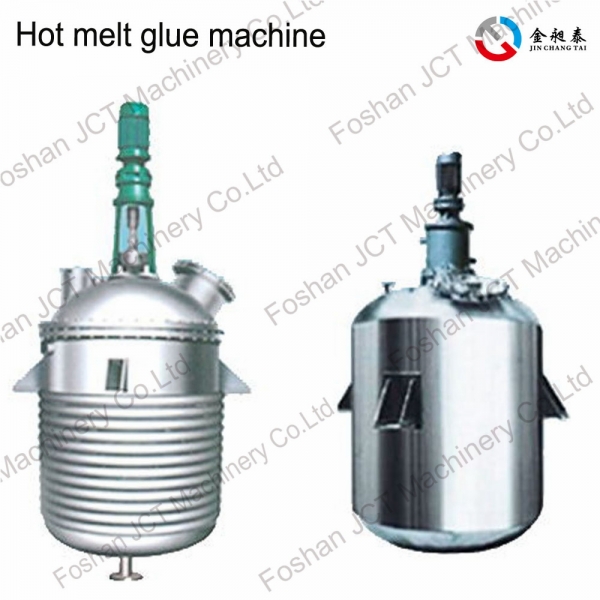
 CN
CN
 HOME
HOME Polyalkyd Resin Reactor | JCT Machinery
Polyalkyd Resin Reactor | JCT Machinery  You May Also Like
You May Also Like
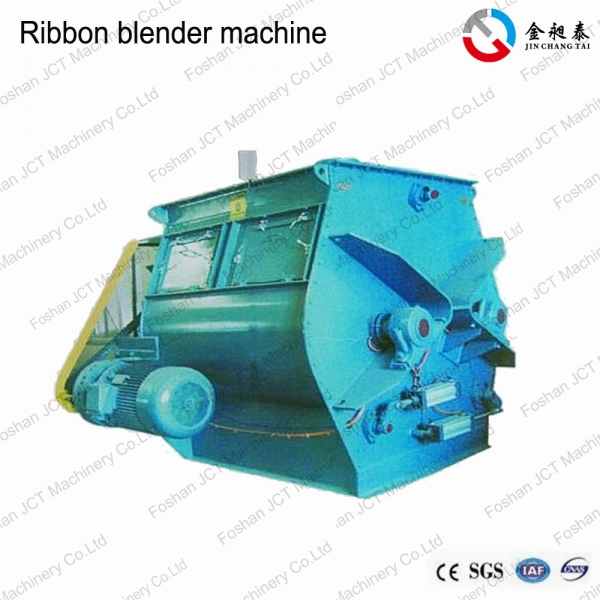

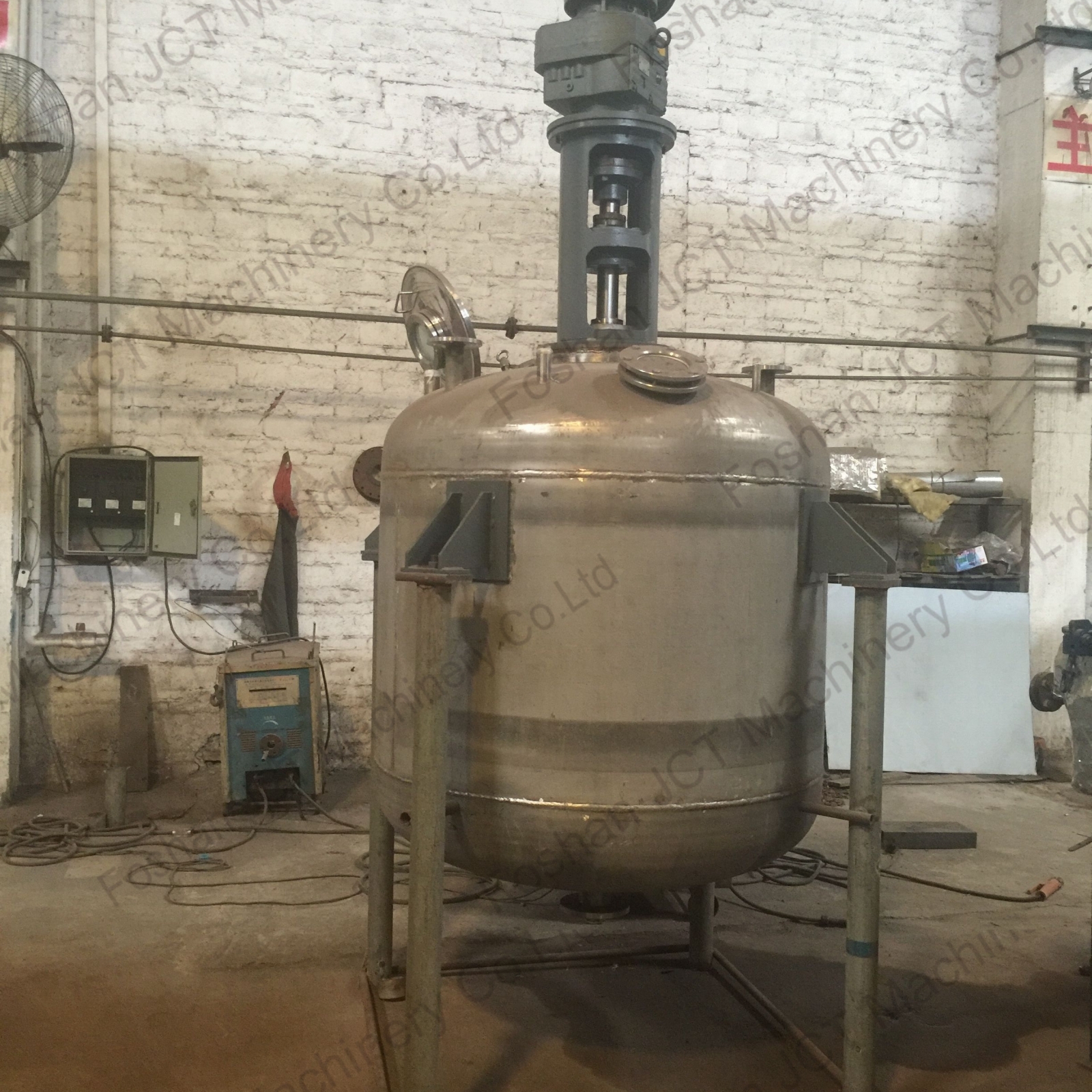
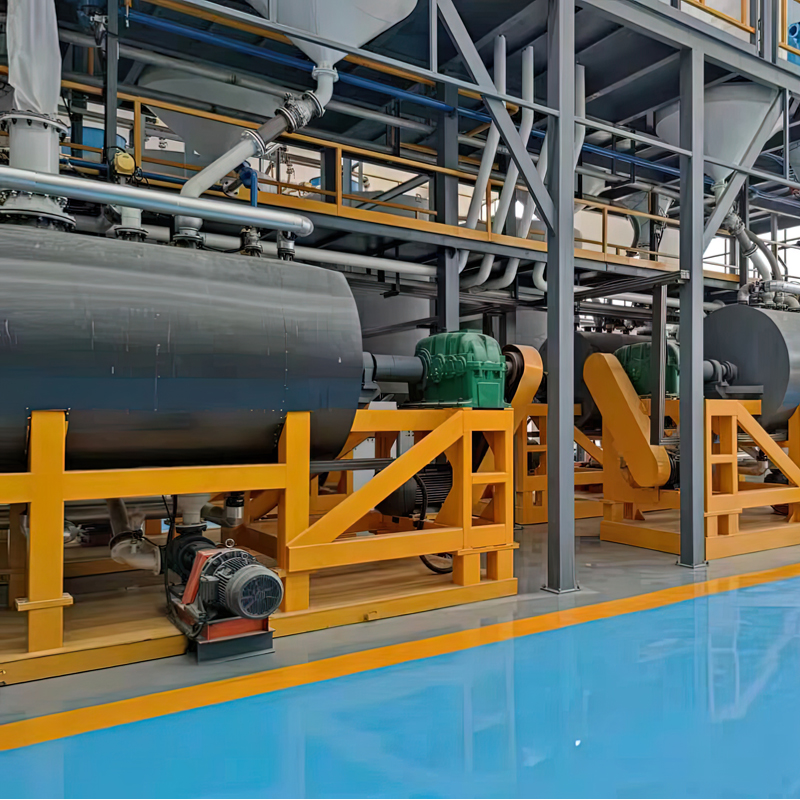

 Tel
Tel
 Email
Email
 Address
Address










